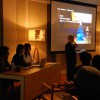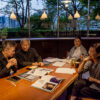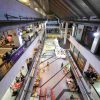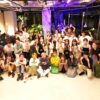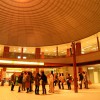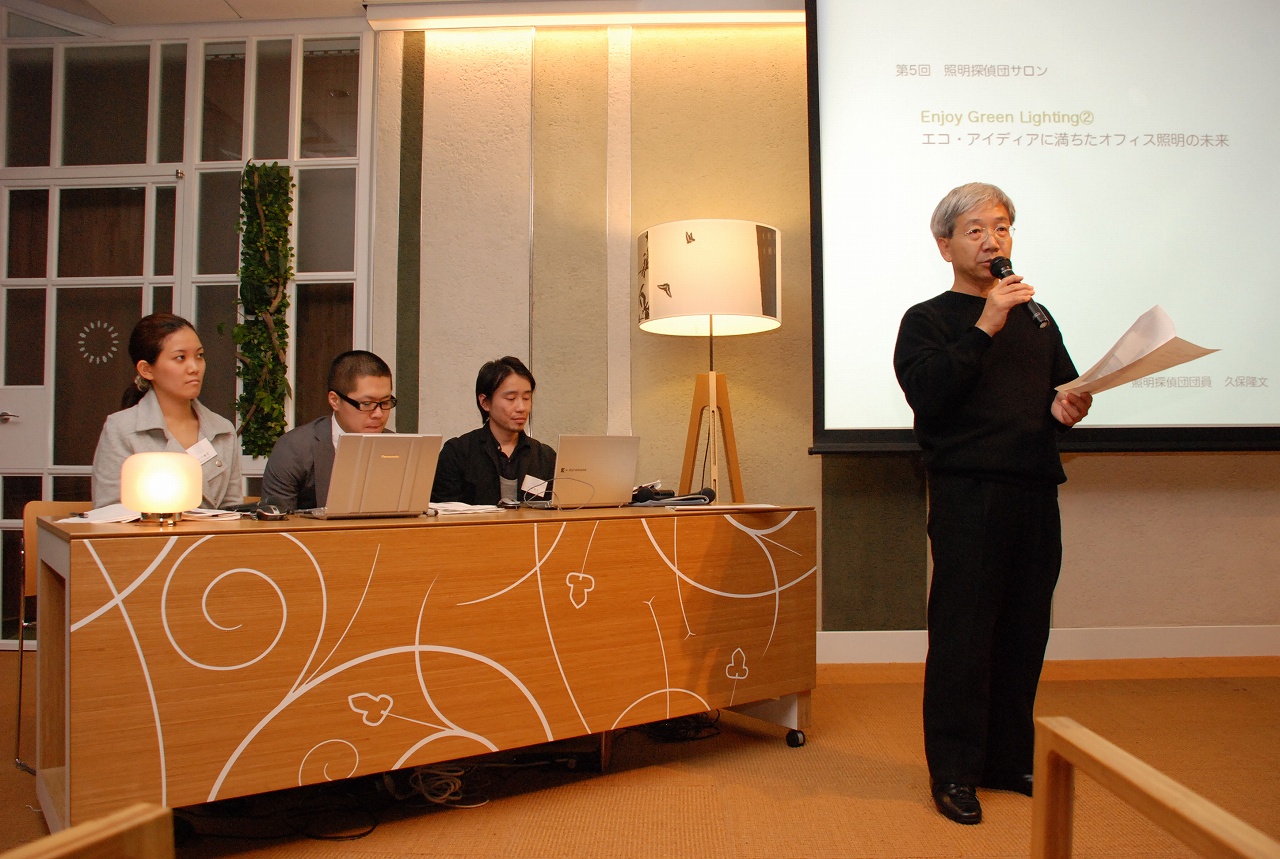
26 February
The second “Enjoy Green Lighting” Salon tackled the topic of office lighting, as the Lighting Detectives tried to answer the tough question; What is comfortable, but enjoyable eco office lighting? Research on actual office lighting conditions and a presentation by guest speaker Kouichi Kaiho of Nikken Sekkei, on the latest technology and natural lighting started the discussion on the future existence of office lighting.
by: shunichi ikeda
Now is the time for the “Eco Office”
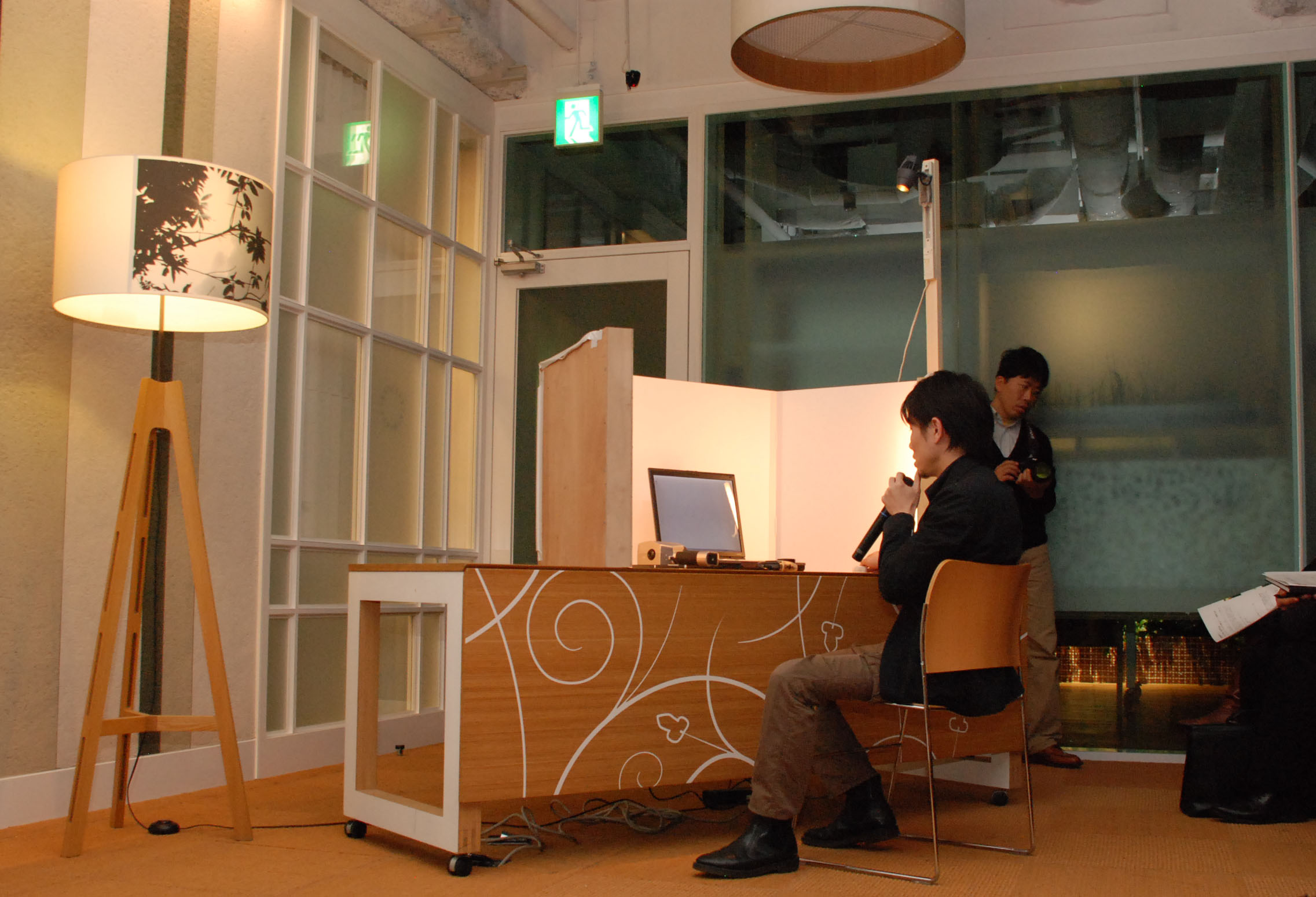
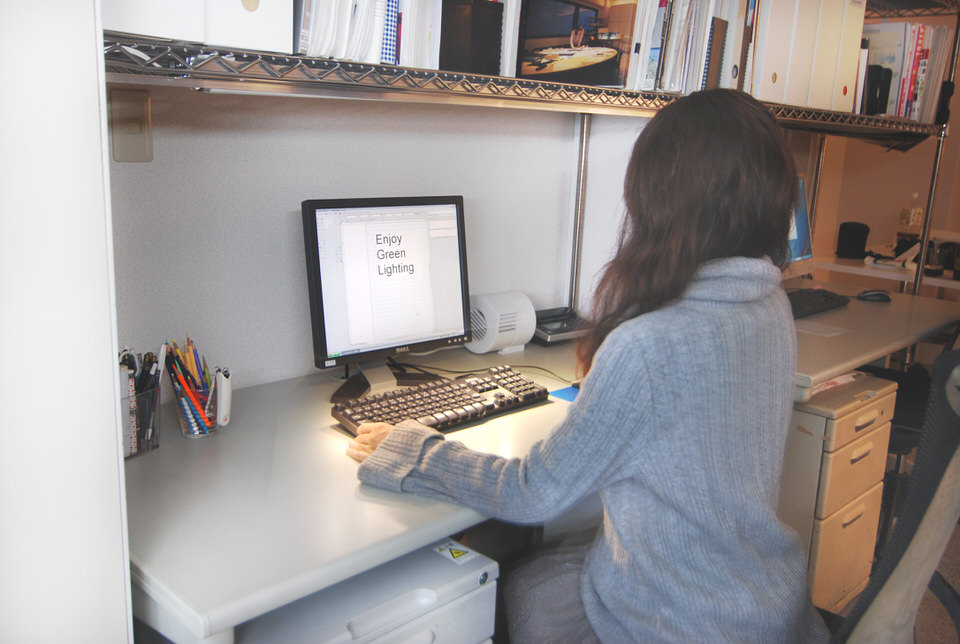
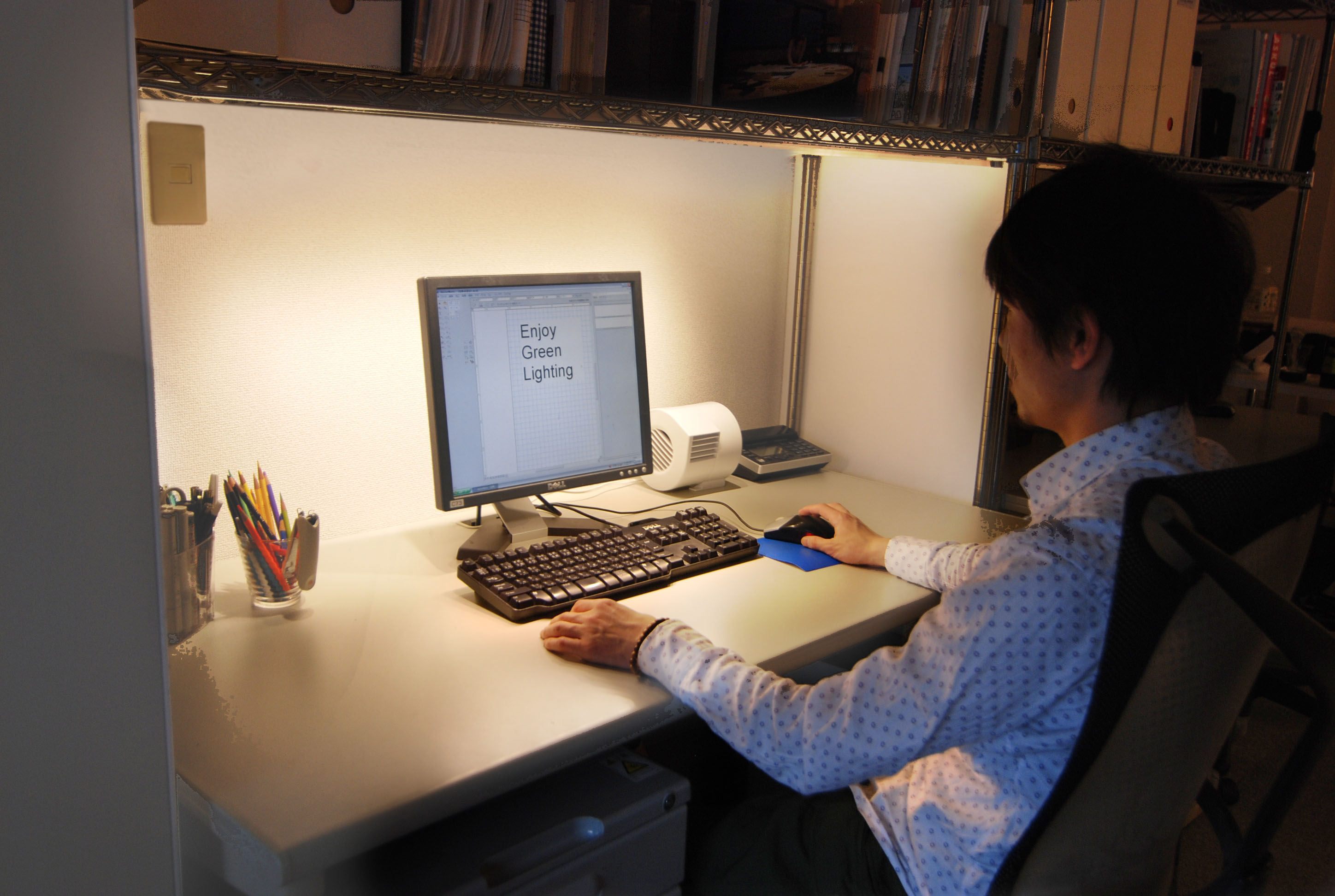
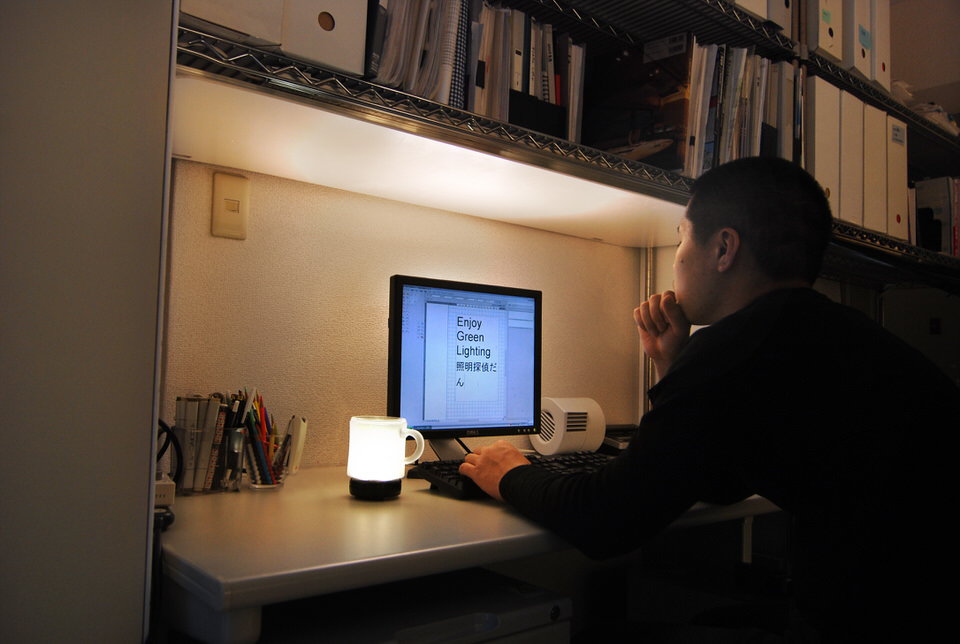
Results from the individual work space experiment.
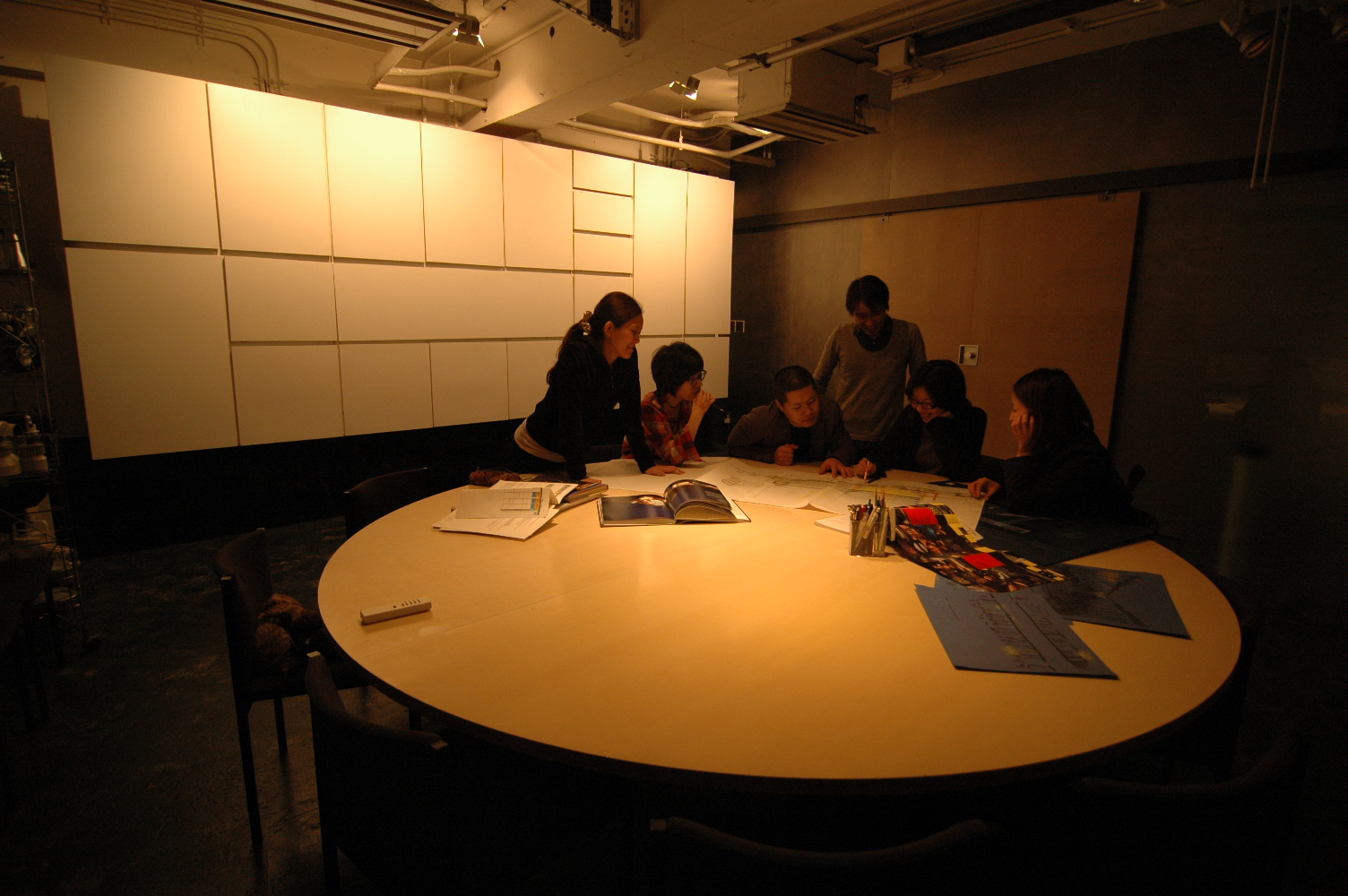
Meeting room at 300lx
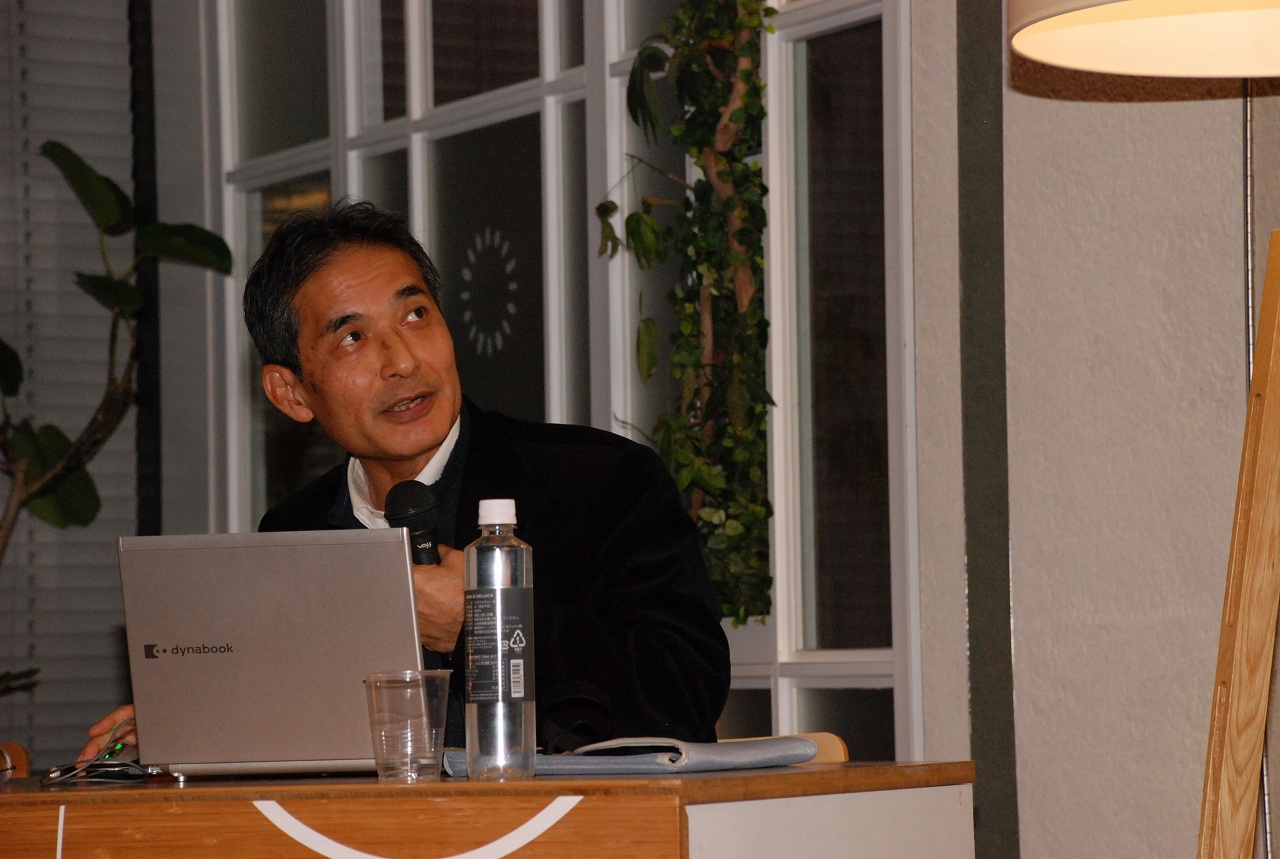
Guest speaker Mr. Kouichi Kaiho
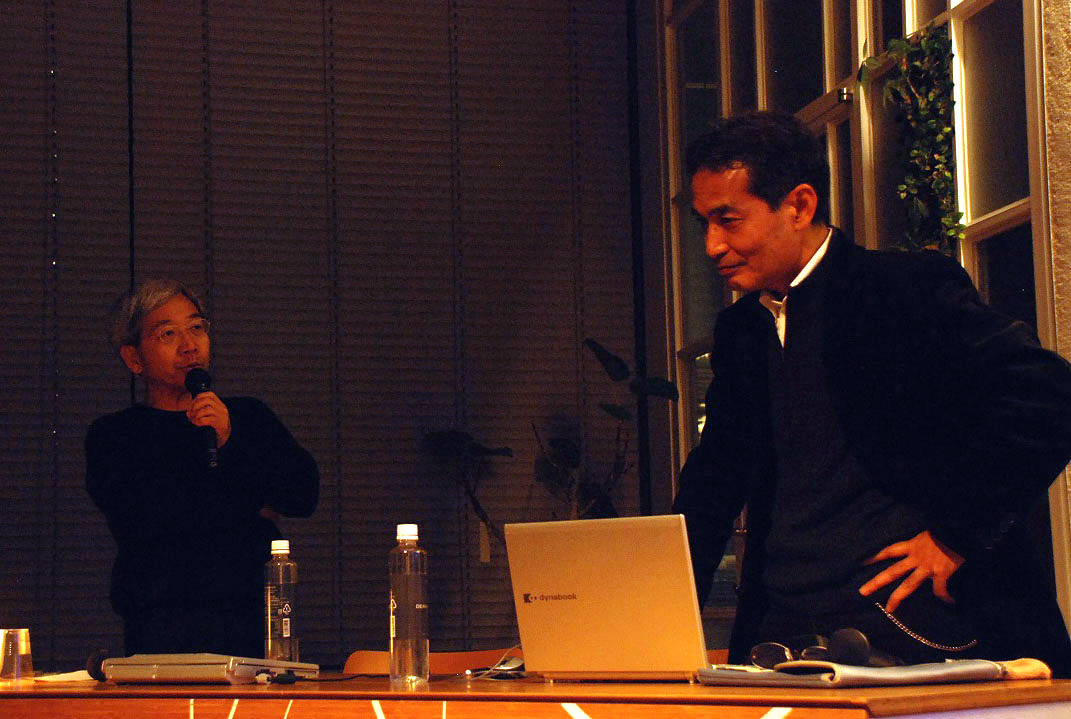
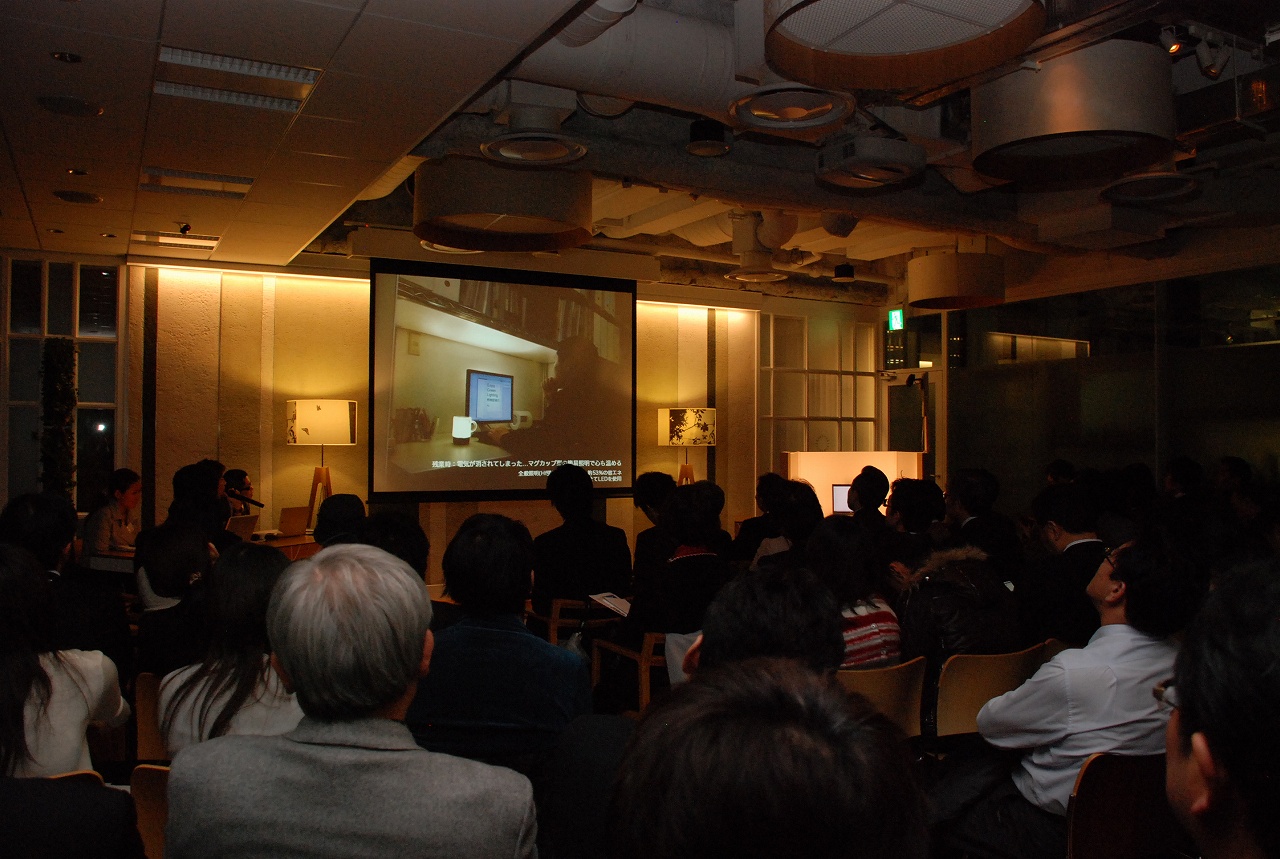
Keywords such as ecology, energy-conservation, and low carbon are all the hype across the globe, and now they are find their way into the office scene. In reaction to this paradigm shift, the Lighting Detectives sought out the latest in actual eco office lighting techniques and discovered these 5 points of interest.
5 Eco Lighting Methods
- Highly efficient sources of light -ex. LEDs or the latest in lighting fixture technology-
- Combination of task lighting + ambient light -Reduce the lighting down to an individual level-
- Modulated light -Adjust luminance levels and color temperature according to usage.-
- Use of natural day light -Effective use of natural sunlight-
- Lower luminance level settings -Revise the amount of light actually necessary-
From past attempts to incorporate day lighting to the use of LEDs and other new technology, several methods do exist and when used in conjunction with one another, can lead to environment-friendly office lighting and an eco-conscious office atmosphere.
Is 750lux need on your desktop surface?
Let us start by searching for a more comfortable level of brightness. In order to do this, the Lighting Detectives prepared two experiments:
1.) Individual work space
2.) Group meeting space.
For the experiment, each desk was fitted with dimmable lighting and participants adjusted the brightness to suit their personal preferences. The data collected for individual work spaces ranged from 200lux to 1600lux. However, most participants agreed that about 300lux was a suitable brightness for group meeting space. In conclusion, a comfortable office lighting environment depends on individual work spaces which are further reflective of individual working contents, mood, personal preferences and so forth. Therefore brightness and color temperature should be freely adjustable at all individual working spaces and reflect a collective atmosphere in group meeting spaces. Questions from the audience arose suggesting that “comfortable brightness is not a personal preference, but a significant number reflecting the amount of light needed to keep one`s eyes from tiring,” a very valid opinion which clearly defines the complexity of this topic.
“In the end, light fixtures will become building materials themselves,” by Kouichi Kaiho.
Guest speaker, Kouichi Kaiho, presented a brief history of day lighting plus a series of projects that he is personal involved with and the eco-friendly ideas he incorporated. In the 1980`s day lighting was blocked out in many buildings, but because of the development of revolutionary materials, architecture in the 1990`s began to aggressively incorporate daylight into building designs. By the year 2000, day lighting began to be controlled the same as artificial lighting. The audience was especially surprised by one residential projected that incorporated a light duct into the design. The owner of the house was able to live completely without the use of artificial lighting, relying on the weather and day lighting funneled in through the lighting duct. Also, the distinctive light distribution from LEDs makes them most suitable for task lighting. In the future, we might just be able to separate and specify usage of a light source. For example, task lighting=LED and ambient lighting=Organic EL. Organic EL just might be manufactured into ceiling panels, making the ceiling fixture-free and allowing even more freedom in lighting design. Mr. Kaiho`s ideas were definitely out-of-the-box, but inspirational to the audience.
Dialog: Kouichi Kaiho x Kaoru Mende
As the final salon of our 3 part series, we took this opportunity to look back on our pervious discussions, while also looking to the future of lighting. During the first salon in July 2008, we discovered that we couldn’t forget our roots and the comfortable lighting created in old traditional Japanese houses. Then in October, we battled with the incandescent lamp to discover, that with a little effort, incandescent lamps can be dimmed and set to meet our daily needs, enrich our lives, and be energy-efficient without having to resort to fluorescent lamps invading our homes.
And at our third and final salon in January 2009, Chief Mende predicted the following 4 changes in our future lifestyles:
- Innovative change in the visual scene by new light sources, such as LED`s or Organic EL.
- Transformation of various situation and increased convenience based on the continued progress of computers.
- Increased admiration for natural light (sunlight, firelight) in our attitude towards life.
- Mode of living that will compliment minimal lighting.
Can we find variety, individuality, and comfort in lighting of the future? We hope this 3 part series gave you the tools to investigate your own options for future residential lighting.





